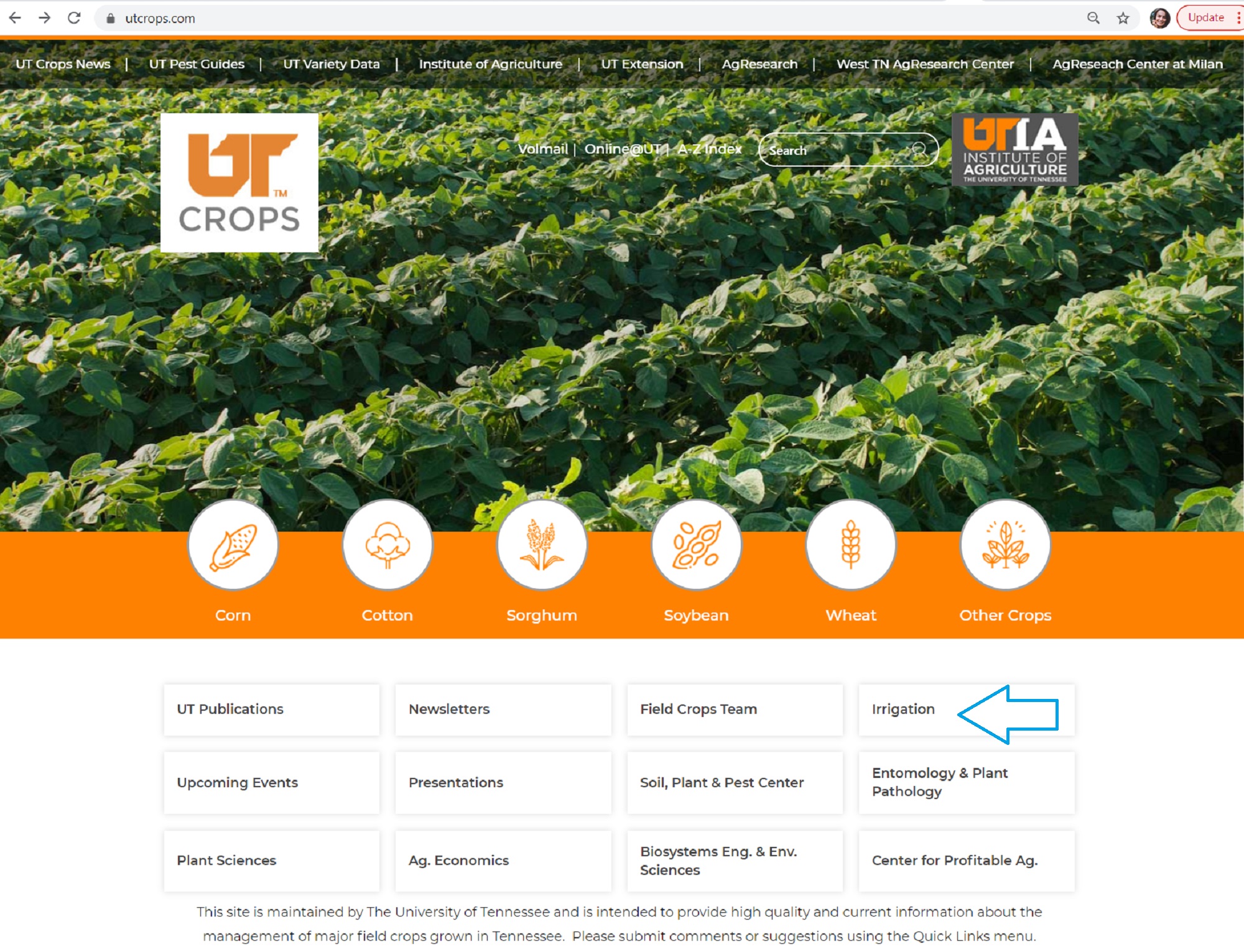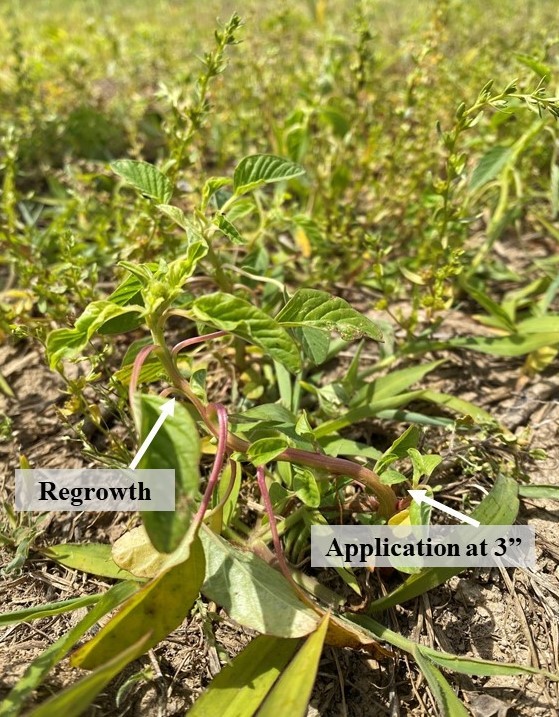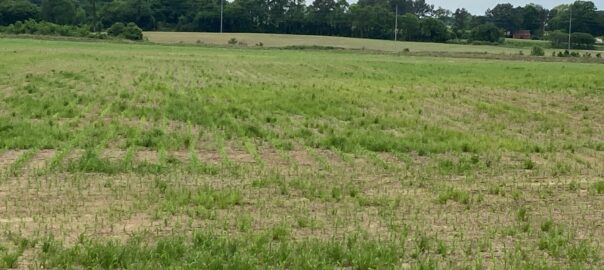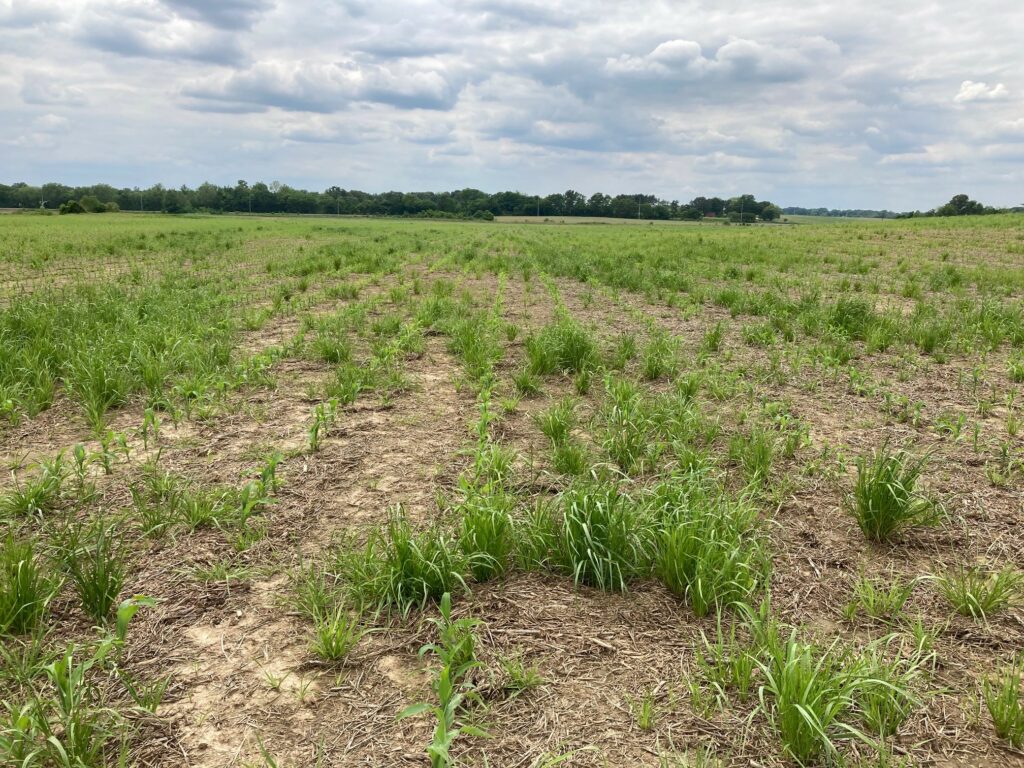This is part one of a series of blog articles that will focus on some fundamental information on UT fertilizer recommendations for corn. Commonly recommended nutrients for use in corn production in TN include nitrogen (N), phosphorus (P), potassium (K), sulfur (S), and zinc (Zn). Each nutrient will be discussed in terms of the relevant soil test that maybe used or used in recommendation; recommended preplant, starter, sidedress, and foliar fertilizer applications; and plant/tissue analysis. To ensure simplicity and better assimilation of the voluminous information, each nutrient will be featured on a different day of this week. Today’s focus will be on nitrogen (N).
UT nitrogen (N) fertilizer recommendations for optimal corn productivity
Today’s blog will focus on UT nitrogen recommendations for optimal corn productivity under conditions in TN. Nitrogen is a major component of chlorophyll (the green pigment), that is essential for photosynthesis. Hence, its deficiency tends to cause chlorosis. In addition, inadequate supply of N at critical growth stage can reduce ear size and lead to yield loss.
Soil test for nitrogen
Plants use N in the nitrate (NO3–) and ammonium (NH4+) forms. However, ammonium levels are generally very low in upland soils so soil nitrate tests are used to measure plant available N and adjust N fertilizer applications for corn. There are two commonly used soil nitrate tests used in the US, the Pre-Plant Nitrate Test (PPNT) and Pre-Sidedress Nitrate Test (PSNT). Soil samples for PPNT is collected prior to preplant N application while PSNT are collected prior to pre-sidedress application.
In TN, only the Pre-sidedress Soil Nitrate Test (PSNT) is recommended for corn production, particularly for producers using animal manure such as poultry litter. Detailed information on sample collection and processing procedure are described in the UT Publication, The Pre-Sidedress Nitrate-N Soil Test (PSNT) For Nitrogen Management in Corn Production Systems of Tennessee. Interpretation of the PSNT in Tennessee is made based on yield potential of the field, soil test level, and field history.
In TN, current N application rate for corn production is based on yield goal. However, adjustment can be made based on past production records and PSNT if applicable. Another tool available for estimating corn N rate is the Nitrogen Rate Calculator at www.utcrops.com.
Continue reading →





